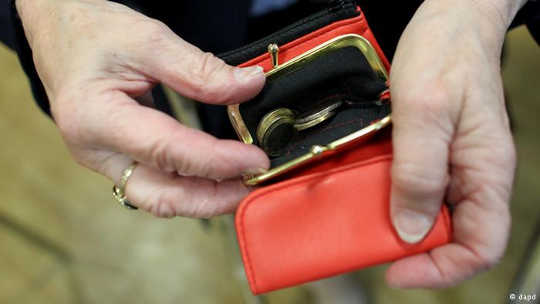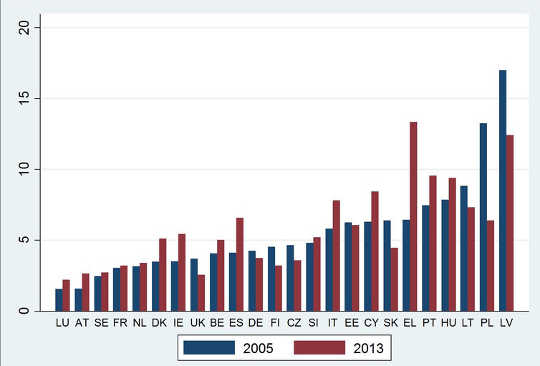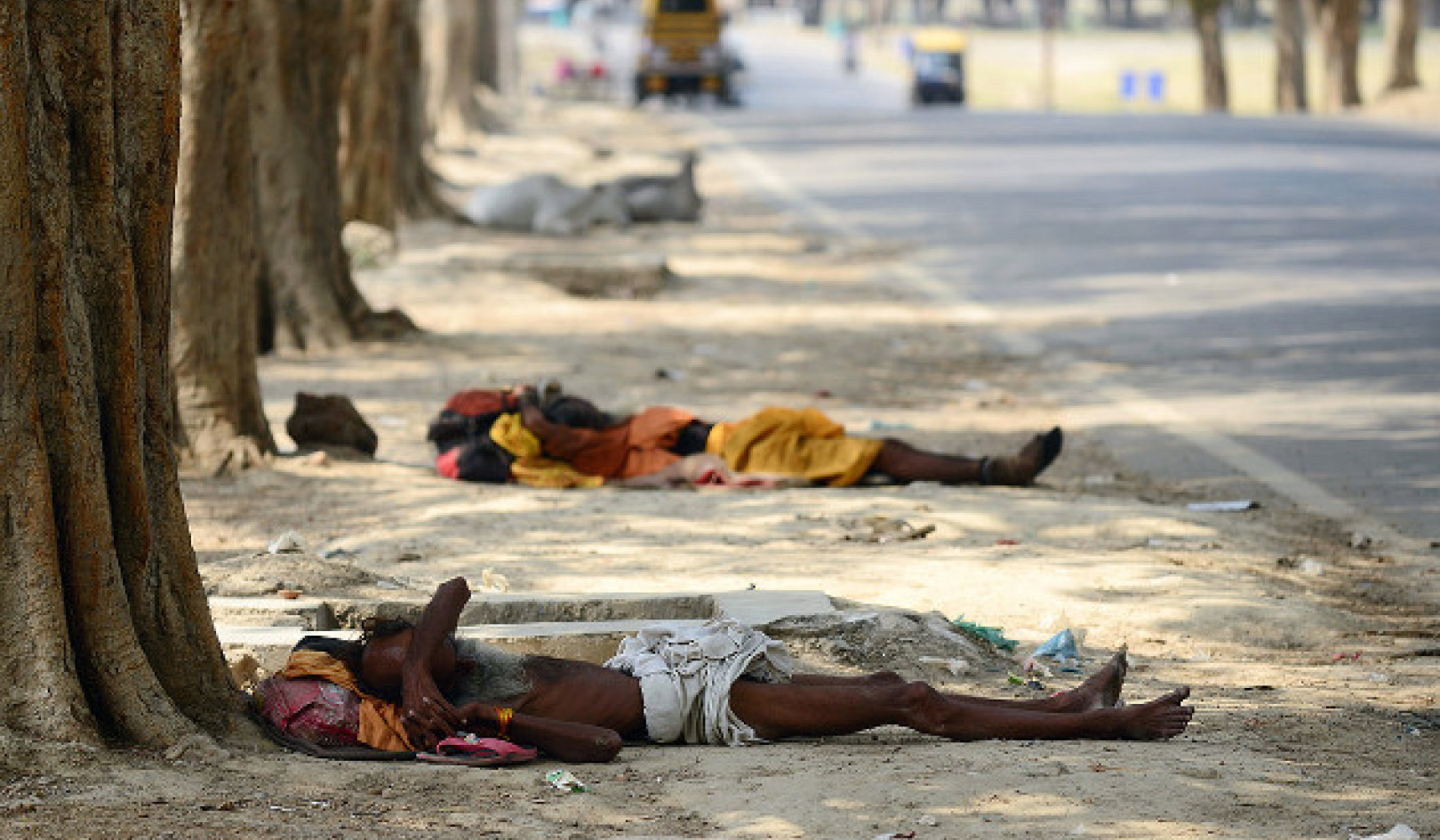
Brexit caps off a turbulent decade for the EU. Many in the eurozone will be hoping that it does not cause further economic turmoil, as it is becoming increasingly clear that the financial crisis of 2008-09 led to a substantial increase in poverty across the continent.
Not only did poverty intensify within those nations that were hardest hit during the crisis and required bailouts, but there has also been a dramatic change in the geography and types of poverty in Europe over the last decade.
So intense has been the crisis in Greece that, by 2013, it experienced a higher level of poverty than any other EU member state. Indeed, in my recent research, I’ve found that the impoverishment of Greece, Italy, Cyprus, Spain and Portugal has been so severe that these southern European countries, taken together, had higher levels of poverty and deprivation than many of the former Communist nations that joined the European Union in 2004. Specifically, they have been greater than the average of Slovenia, Slovakia, Czech Republic, Poland and Hungary.
Poverty takes many different forms. The EU aims to lift 20m people out of poverty and social exclusion, based on three official measures: relative income poverty (when a person’s income falls far below what is needed to achieve an average standard of living in their country); material deprivation (when people lack a set of basic necessities); and living in a workless household.
To take into account the complexity of poverty, I included four more measures in my research: when people reported that they could make ends meet only with great difficulty; when they experienced neighbourhood problems such as crime or vandalism; poor health; and unmet medical or dental needs.
Bringing together these seven dimensions of poverty, I analysed how they changed over four time periods: 2005, 2008, 2011 and 2013. So, before, during and after the financial crisis, and the ensuing recession.
Surprising findings
Significant changes in the geography of poverty and deprivation in Europe can be seen. The pre-crisis period between 2005 and 2008 was associated with substantial reductions in poverty across Europe. Some of the poorest nations, including Poland and Latvia, saw the largest decrease. These pre-crisis years represented a period of catch-up for some of the poorest member states.
In the initial phase of the Great Recession that followed the financial crisis (2008-11), poverty increased almost everywhere. The largest increases were in Greece, Latvia, Lithuania and Ireland. But in the second phase of the crisis (2011-13), the picture is less consistent. In ten EU member states there were modest reductions in poverty, suggesting perhaps that the crisis had come to an end. In Greece, Portugal, Spain, however, poverty continued to rise sharply and similarly, though not quite as much, in Cyprus.
Many of the nations with the sharpest rises in poverty during the Great Recession – Greece, Cyprus, Portugal and Ireland – are nations that required bailouts from the EU and IMF. The fact that these “bailout nations” were at the sharp end of the crisis may come as no surprise, given the austerity that was demanded of them as a condition of accessing loans from the EU-IMF.
But two findings are nonetheless striking:
-
The disappointing performance of the southern European nations predates the crisis itself. These nations largely failed to benefit from the reductions in poverty and deprivation that were experienced elsewhere in the pre-crisis years.
-
The rise in poverty in Greece has been so great that it has leapfrogged the newer EU member states and now heads the leader-board of poverty and deprivation.
The graph below gives an illustration of how multidimensional poverty levels have changed from 2005 to 2013 for each EU member state (Greece is EL). The poverty levels are based on the simultaneous experience of three or more of the seven dimensions discussed earlier.
 There have also been changes in which EU member state has the greatest number of people experiencing these multiple forms of poverty.
There have also been changes in which EU member state has the greatest number of people experiencing these multiple forms of poverty.
A decade ago, Poland had a greater number of people experiencing multidimensional poverty than any other EU member state. This reflected the lower standard of living in the member states that joined the EU as part of its 2004 enlargement, and the large population size of Poland.
By 2013, however, the combined effect of a partial catch up by the newer member states and disastrous poverty performance of southern Europe meant that Italy now has a greater number of people experiencing multidimensional poverty than any other country in Europe.
The rise in poverty at Europe’s periphery thus reflects not only a deterioration of pre-crisis standards of living within some nations. It shows the more radical shift in the geography of poverty in Europe over the last decade, increasingly concentrated in the south of the continent. This is something the European Union must pay heed to, as it aims to help lift 20m people out of poverty across the continent.
About The Author
Rod Hick, Lecturer in Social Policy, Cardiff University
This article was originally published on The Conversation. Read the original article.
Related Books
at InnerSelf Market and Amazon























